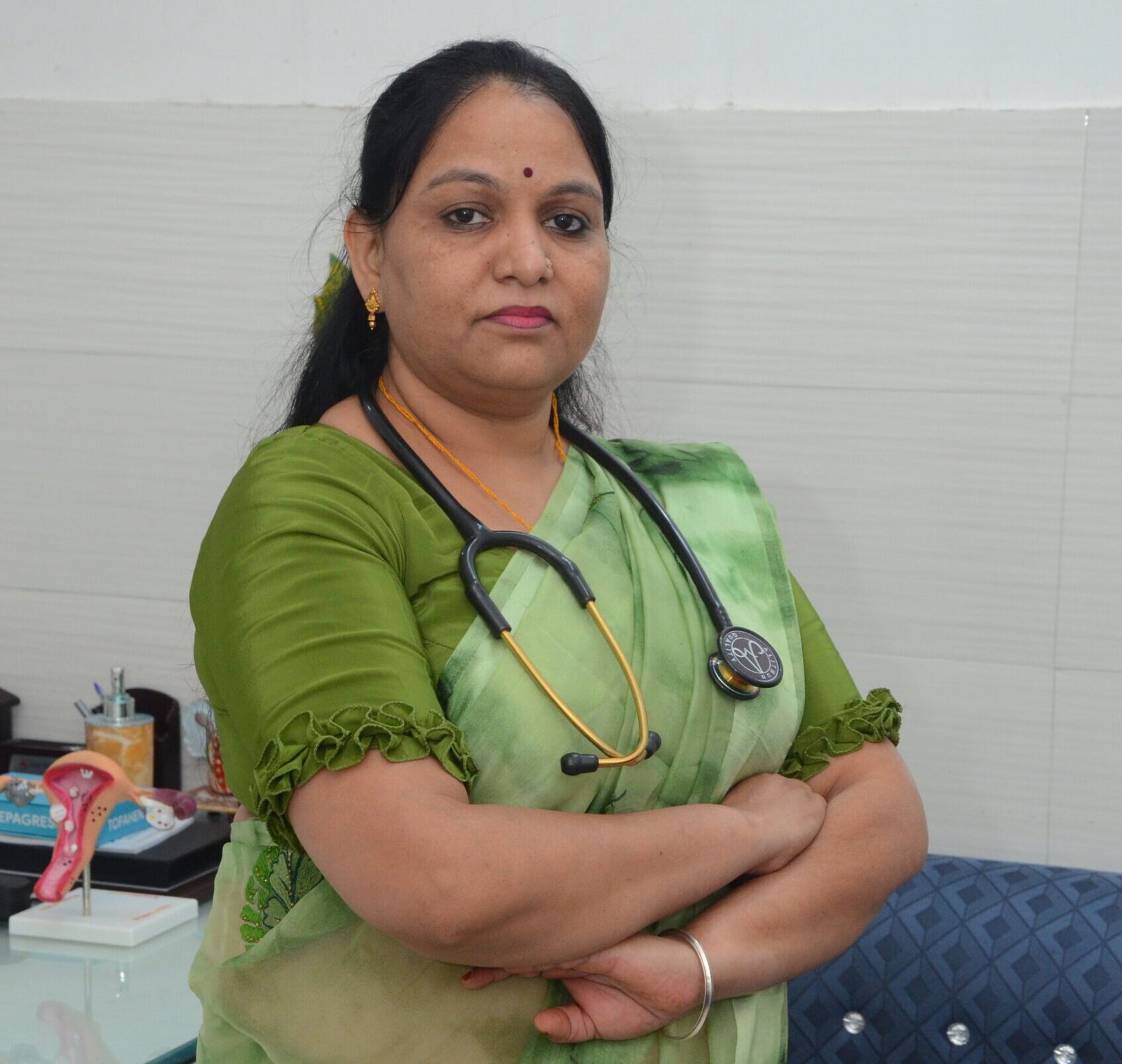Problems of Adolescent and Puberty

Adolescence is a crucial period marked by significant physical, emotional, and social changes, including the onset of puberty. These transformations can present various challenges, particularly in the realm of gynecologic health. Understanding and addressing these issues is essential for promoting the well-being of young individuals.
Menstrual Disorders
Irregular Periods
Many adolescents experience irregular menstrual cycles during the initial years post-menarche. This can be due to the immature hypothalamic-pituitary-ovarian axis and usually stabilizes over time. However, persistent irregularities warrant evaluation for underlying conditions such as polycystic ovary syndrome (PCOS) or thyroid dysfunction.
Dysmenorrhea
Painful menstruation is common and can significantly impact daily activities and quality of life. Primary dysmenorrhea, without underlying pathology, is often managed with nonsteroidal anti-inflammatory drugs (NSAIDs) and hormonal contraceptives. Secondary dysmenorrhea, linked to conditions like endometriosis, requires further investigation and targeted treatment.
Heavy Menstrual Bleeding
Adolescents may experience heavy menstrual bleeding due to anovulatory cycles. If HMB leads to anemia or interferes with daily life, it needs prompt assessment to rule out bleeding disorders or structural abnormalities of the reproductive tract.
Delayed Puberty
Delayed puberty is defined as the absence of secondary sexual characteristics by age 13 in girls. This can result from constitutional delay, chronic illnesses, or genetic conditions like Turner syndrome. Early identification and intervention are crucial to address potential underlying causes and provide appropriate treatment options, such as hormone therapy.

Infections
Sexually Transmitted Infections (STIs)
Adolescents are at increased risk for STIs due to factors such as lack of education, inconsistent condom use, and multiple sexual partners. Education on safe sex practices and regular screening are vital components of preventive care.
Vulvovaginitis
This common condition in young girls can result from poor hygiene, irritants, or infections. Education on proper genital care and appropriate treatments can alleviate symptoms and prevent recurrence.

Psychological and Emotional Challenges
Adolescents often struggle with body image issues, peer pressure, and the emotional impact of developing secondary sexual characteristics. Conditions like eating disorders or depression can manifest during this time. Providing a supportive environment, promoting positive body image, and offering mental health resources are crucial for overall well-being.
Precocious Puberty
Precocious puberty, the onset of secondary sexual characteristics before age 8, can lead to emotional and psychological challenges. It may be due to central causes (e.g., hypothalamic tumors) or peripheral causes (e.g., ovarian cysts). Management includes identifying the cause and, if necessary, using medications to delay further development until a more appropriate age.
Contraception and Sexual Health
Education on contraceptive options and sexual health is vital to prevent unintended pregnancies and STIs. Adolescents should have access to confidential and non-judgmental healthcare services to discuss their needs and concerns.
Conclusion
Addressing the gynecologic problems of adolescence and puberty requires a comprehensive, empathetic approach that encompasses physical, emotional, and educational support. Early identification and intervention can prevent long-term complications and promote healthy development. Healthcare providers play a critical role in guiding adolescents through this transformative period, ensuring they receive the care and information necessary for a healthy future.

